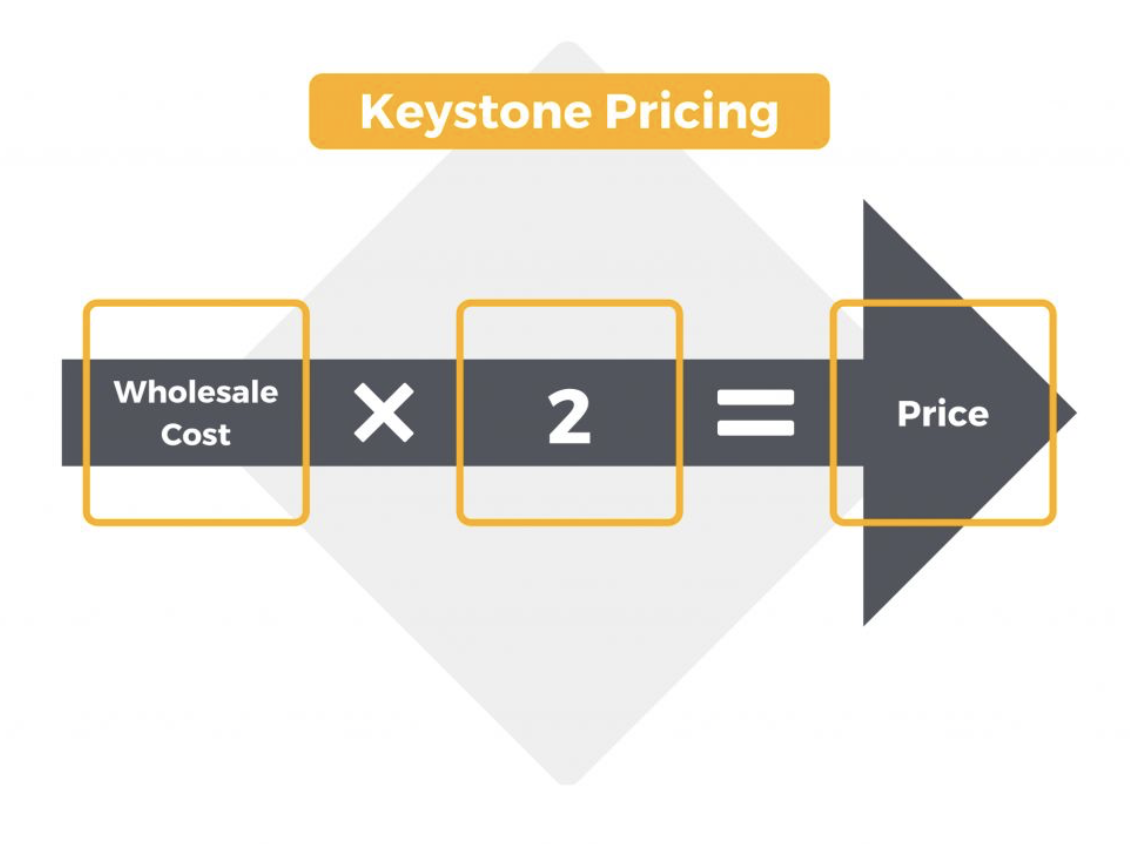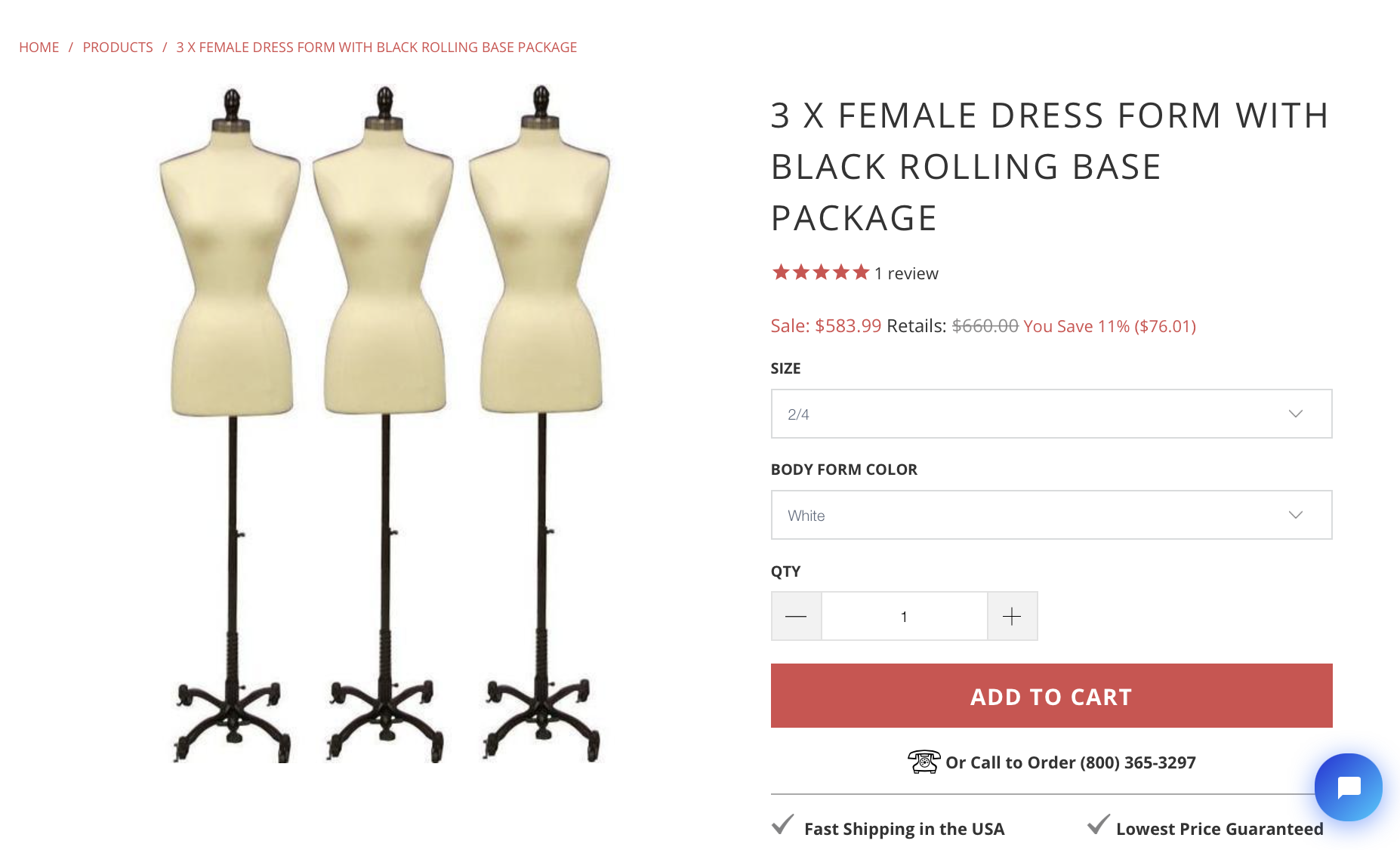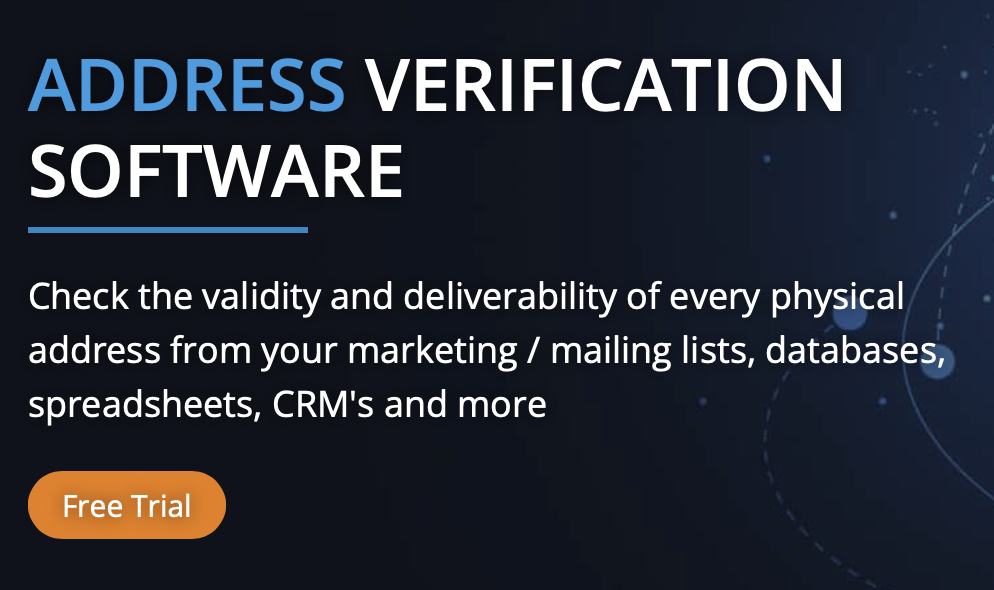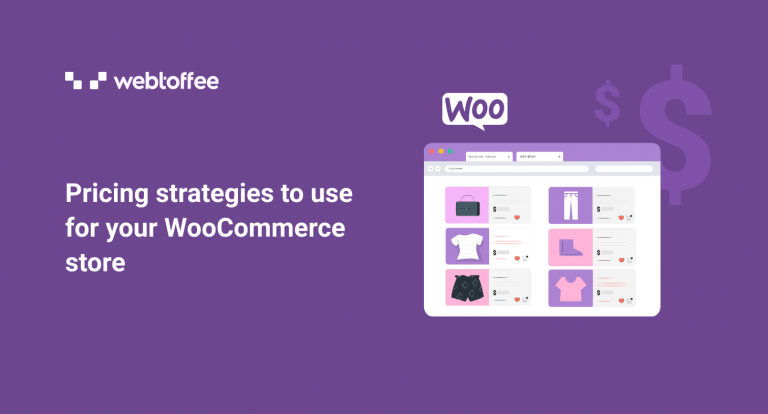You have your WooCommerce store strategically set up with the best value hosting service you can find, and you have all your well-researched products lined up but wait…
Why isn’t your eCommerce store reaching your ROI goals?
You see, the eCommerce space is becoming more and more competitive by the day. In this volatile business space, no matter how enticing your product looks, you can’t assure high conversions when pricing is not optimized.
Picking a good line of products to sell is just one element for eCommerce success; another large chunk affecting it is how you strategize your pricing.
Do you need to give out discounts? How do you do it? Do you need to offer coupons? When should you give it?
In this post, we’ll cover the top 12 pricing strategies you can employ on your WooCommerce store.
Read on to find out.
Why Is A Pricing Strategy Important?
Pricing means the difference between a high-profit WooCommerce store, a breakeven profit, or a complete loss.
Cheap product pricing doesn’t always guarantee you’ll get the market share for your niche; even if you make huge conversions, you can still end up with breakeven results.
Hence, employing a pricing strategy will increase the chances for:
- Products sold at a price that covers all costs
- High-profit margins
- An advantage in the market share
No matter how profitable your business idea may seem, if you don’t strategize the pricing, you’ll be losing huge income potential for your business.
Let’s not make a huge wall of text to explain that to you. Let’s jump right into the pricing strategies you can use.
Pricing Strategy 1: Keystone Pricing
Keystone pricing or what others call rule-of-thumb pricing is a pricing strategy common for brick and mortar retail stores.
Simply, with this strategy, the base price is just doubled to get the selling price. If the cost of an item is $10, sell it for $20, as straightforward as that.

Source:Strikingly
But this doesn’t always mean high conversions because it’s usually harder to pull sales with high-profit margin strategies like this, especially for highly commoditized items.
This strategy works best if there is a high demand for the product. This means the product could be in the season like thick coats in winter, or the product is going viral like a newly released iPhone.
Pricing Strategy 2: Simple Markup Formula For Retail Pricing
While many physical stores sustain healthy profit margins by folding a product’s price twice, the same technique used in the online space can result in fewer conversions with a global scale of competition that can offer lower prices.
Every business is unique. There’s no black and white formula for product pricing. However, a ballpark range is setting up a 40% markup percentage, granted that it covers operation costs and sets a healthy profit margin for you.
If not, you can increase the markup accordingly.
Here’s a formula you can follow to get the percentage:
Price = [cost of item ÷ (100 – markup percentage)] x 100
Let’s say the 40% markup percentage can only get you breakeven results, so you increase it to 10% more, making it 45%.
Suppose the product has a cost price of $20, here’s how the calculation should look:
Price = [ 20 ÷ (100 – 45)] x 100
= [ 20 ÷ 55 ] x 100
= 36.36
At 45% markup for $20 cost price, you can sell the product at $36.36. Normally, for a price result like this, the decimal pricing is rounded off. Therefore the product can be sold for $36.
Pricing Strategy 3: Manufacturer Suggested Retail Price (MSRP)
Most product suppliers for your WooCommerce store have a recommended product price, thus standardizing prices for all sellers to limit the competition on this aspect.
Then you’ll be worrying less about pricing and thinking more about how to make your services better.
Mostly, the MSRP is adopted by WooCommerce store owners selling electronic appliances.
While you can always go above or below the MSRP, always check your supplier agreement if doing so will not cause any infringement that can result in a discontinued supplier relation.
Also, take note that a deviation from the MSRP can result in less accurate sales predictions.
Pricing Strategy 4: Loss-Leading Pricing
This pricing strategy came up because of the Market-Basket analysis, a process of analyzing which products complement another.
This pairing method can help increase sales by suggesting to customers related products that go with what already interests them.
You’ve probably seen online stores that say: “people who purchased product A also bought product B.”
Or you might have been enticed by a huge product discount only to end up purchasing more than the discounted product because more items were recommended to you.
Simply, this pricing strategy requires pricing managers to come up with “pairable” items to encourage customers to buy additional complementary products.
This upsell/cross-sell strategy allows store owners to recover the loss from the discounted item with the complementary product.
Best of all, this pricing strategy increases the per-customer-sales rate.
Pricing Strategy 5: Product-Bundled Pricing
A bit like the loss-leading pricing strategy, product-bundled pricing empowers sellers to sell more than one product.
However, the difference is, with this pricing strategy, you club together multiple products for a single price.
Think about buying a 3-pack pair of socks or a 3-piece mannequin package just like what Mannequin Mall offers.

A great example of this is Avidon Marketing Group. For their content solution package, they not only included blog content and social media content creation but also included guest content creation because they know businesses will need to generate backlinks for better ranking.
Also, Spores, a cryptocurrency platform doesn’t just offer crypto and fiat payment systems, they also cater farming facilities for fungible tokens, predicting what services customers like to see together.
With this pricing strategy, you’ll be creating an illusion making customers believe they get high-value products at a lower cost.
Though this strategy maximizes profit margins, Economist.com reports this technique increases sales by 73%.
Pricing Strategy 6: Competitive Pricing
For this pricing strategy, you’ll need to research and analyze high-converting competitors to come up with a better pricing scheme.
Sometimes, this means offering trial periods just like what Winpure did with their verification tool to set an advantage.

Competitive pricing helps you negotiate supply terms and even gets you to lessen costs. But the requirement to do thorough and constant research on competitors and their products can be tough, especially for startups and smaller WooCommerce stores.
Pricing Strategy 7: Psychological Pricing
Have you ever wondered why product prices usually end with an odd number? Take this predictive dialer pricing plan; all four options end up with a 9.

Does a single dollar really make a difference?
Psychologically, yes.
Studies show that products or services ending with the number 9 give off an impression of slashed prices.
As in the case of a medical alert brand called Medical Guardian, you’ll find that they are pricing their products at $29.95 or $34.95. Psychologically, the brain reads this as $29 and $34, not $30 and $35.
These slash-priced strategies will make customers feel they are getting a good deal for buying your product and thus increasing your conversion rates.
Even catalog printing services like Mixam use this psychological pricing strategy to get customers to think they’re just spending $73 for a catalog.
Pricing Strategy 8: Price Skimming
The price skimming strategy involves initially pricing the product at a higher rate and gradually lowering it over time.
This helps you take advantage of high-profit margins while the competition is still low. And gradually, as more competitors enter the market, you decrease the price to remain competitive and to attract a new and price-sensitive audience.
This strategy works great if your goal is to get high-end profits in a short span of time.
Pricing Strategy 9: Economic Pricing
Economic pricing is best for commodity goods. In the eyes of customers, it doesn’t matter if you’re a new or old store. Their main concern is that you give the best value for their money.
If your WooCommerce store is selling medicine, supplements, or grocery items, this pricing strategy works best for your business.
Even online ordering systems for restaurants should take advantage of economic pricing, with many people now relying on food deliveries because of the social limitations of going to a physical restaurant.
With this strategy, profit earned is highly dependent on how many products are sold.
A simple formula for this is:
Production cost (profit margin) = Price
To make things easier for you, you can easily download a profit margin calculator to do the work.
Pricing Strategy 10: Seasonal Pricing
There are items that are in demand only for select seasons.
Think of costumes; they’re most likely in demand right before the Halloween season, when costume parties usually take place.
Or sun care products, the peak demand for these are during summer when people are likely always on the beach.
Seasonal pricing tends to be predictable, so you prepare better strategies before the season arrives.
Pricing Strategy 11: Time-Based Pricing
New releases usually create hype and, in turn, demand for the product or service. At this time, the huge demand allows you to set the bar high for the product price.
In other times, changing circumstances can change the market dynamics.
When the pandemic started, more people now opted to purchase online than going to physical stores, thus increasing the workload for online platforms like Amazon and their merchants.
When the demand for Amazon rose, the demand for Amazon pricing management tools also increased, so at this period, these services have the liberty to set the prices high.
Pricing Strategy 12: Discount Pricing
Last but definitely not least is the WooCommerce pricing strategy that comprises many sub-strategies.
Statista notes that 93% of customers take advantage of coupons and discounts throughout the year and so this is a pricing strategy you should never neglect.
Segmented lists or not, all customers are mesmerized by discounts, coupons, and other similar offers.
Additionally, it also helps attract a price-conscious customer base.
So how do you come up with interesting discount strategies? Here are a few actionable suggestions:
Minimum Purchase Discount
This discount strategy helps get the best revenue for niche products.
By offering a discount when customers reach a specified order value, they’ll be motivated to buy more to avail the discount.
After working on a reasonable order value, decide on a discount percentage based on that.
Here’s how to set up quantity-based discount rules in WooCommerce.
Periodic Discounts
When sales are low, you can offer weekly or even monthly discounts to ensure that revenue will still be coming in.
It acts as an additional push to your sales in a revenue scanty time. You can usually set this up during long periods after certain seasons.
Abandoned Cart Discount
70% of web store visitors leave the site before checking out what’s in their cart. To give them the extra nudge needed to complete the order, you can send abandoned cart discount campaigns through SMS or email.
You can use plugins to track abandoned carts and track contact information so you can retarget unconverted visitors with personalized deals or coupons.
Here’s how you can offer abandoned cart discounts.
Behavior-Based Pricing
This pricing strategy is a popular game plan for most online stores.
You can track a user’s browsing pattern and make price adjustments based on his actions inside the store.
For instance, if he opened a certain product multiple times but hasn’t added it to his cart yet, you can offer a discount to get him to convert.
Added to that, you can also offer discounts based on the purchase patterns of returning customers. This ensures that they’ll come back again and ultimately increase a customer’s lifetime value.
Loyalty Discounts
When customers return on a regular basis, you can send them personalized discount coupon codes as a thank you token for their loyalty.
This way, you’ll be able to build a stronger relationship with them and also increase revenue for your store.
Here’s how you can send discount coupon emails to loyal WooCommerce customers.
When creating email campaigns, you can tap graphic experts to create enticing coupons and graphics to increase the pulling effect of your campaign in getting customers to convert.
Additionally, when planned strategically, this effort will be a growth hacking initiative not just to grow one-time revenue but also to increase customer lifetime value.
Flash Sale
This pricing strategy also works well when the sales are low. By offering a discounted price for a limited time, you’ll create a sense of scarcity that excites and pushes customers to buy at this time by making them feel the fear of missing out on such a good deal.
You can simply add pop-ups for this on the store or create an email campaign for it.
Exit-Intent Discount
Like mentioned earlier, 70% of people who added to the cart leave the store without finishing the order process.
An exit-intent discount is a strategic way to make them stay to complete the purchase. You can simply install plugins to track this and integrate it with discount pop-ups so potential customers can avail them instantly.
Exclusive Social Media Discounts
People who don’t have social media accounts are rare. Hence, these platforms are great places to find warm and hot leads.
By offering exclusive deals and discount coupons to specific social media networks, you can get the high engagement that also gets them to advertise your product with their circle, increasing brand awareness even further.
To use this strategy, you can track if they enter your product page from the social media network and offer a discount if they do.
Or you can give them discount coupons when they login to your store using their social media accounts.
Conclusion
When it comes to pricing strategies for your WooCommerce store, there’s nothing you can single out to be called the best.
There are quite a few factors you have to consider about what pricing strategy to use.
Is the product a commodity? Is the product in high demand? Is this a season for scarce sales? How are my competitors pricing their products?
These are just a few of the questions you can think about so you can employ the best pricing strategy.
You can also do some A/B testing, test out one strategy for a week, and then change to another one the following week to see when sales are better.
The important factor you should always keep in mind when it comes to pricing strategies is to start off with thorough research.
Research your market and your competitors. See how much they price a similar product, know how many competitors you have in the market, doing so will help you strike a balance between getting worthwhile ROI and remaining competitive in terms of pricing.
At the end of the day, employing one or more of the pricing strategies listed above will help you avoid breakeven and losses and take advantage of the best potential market share you can get.



